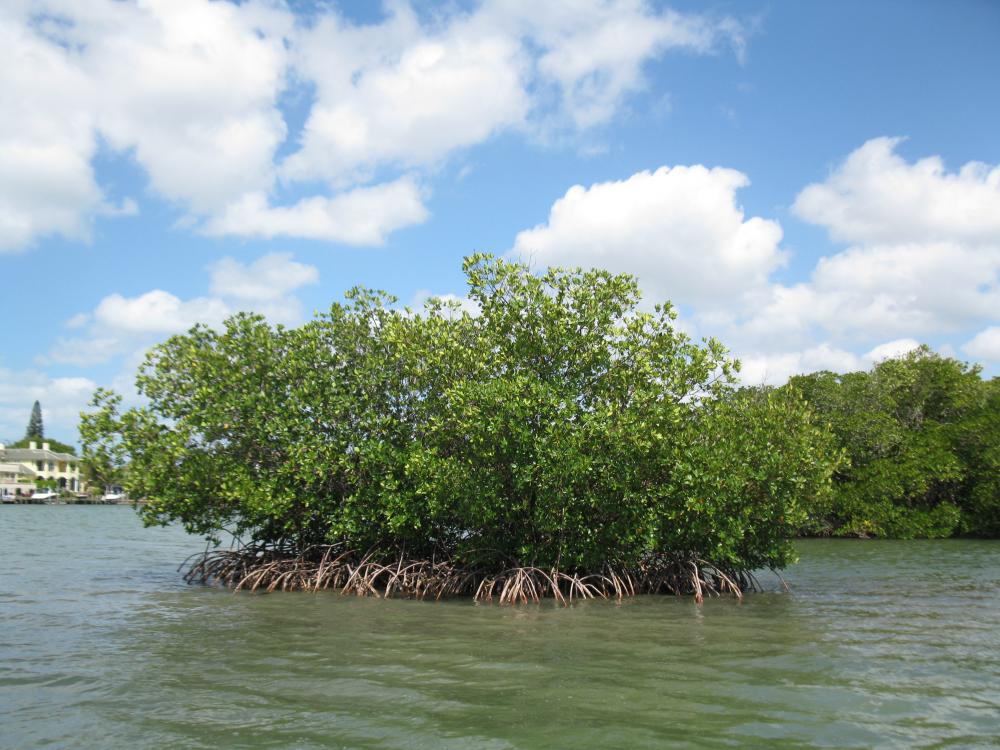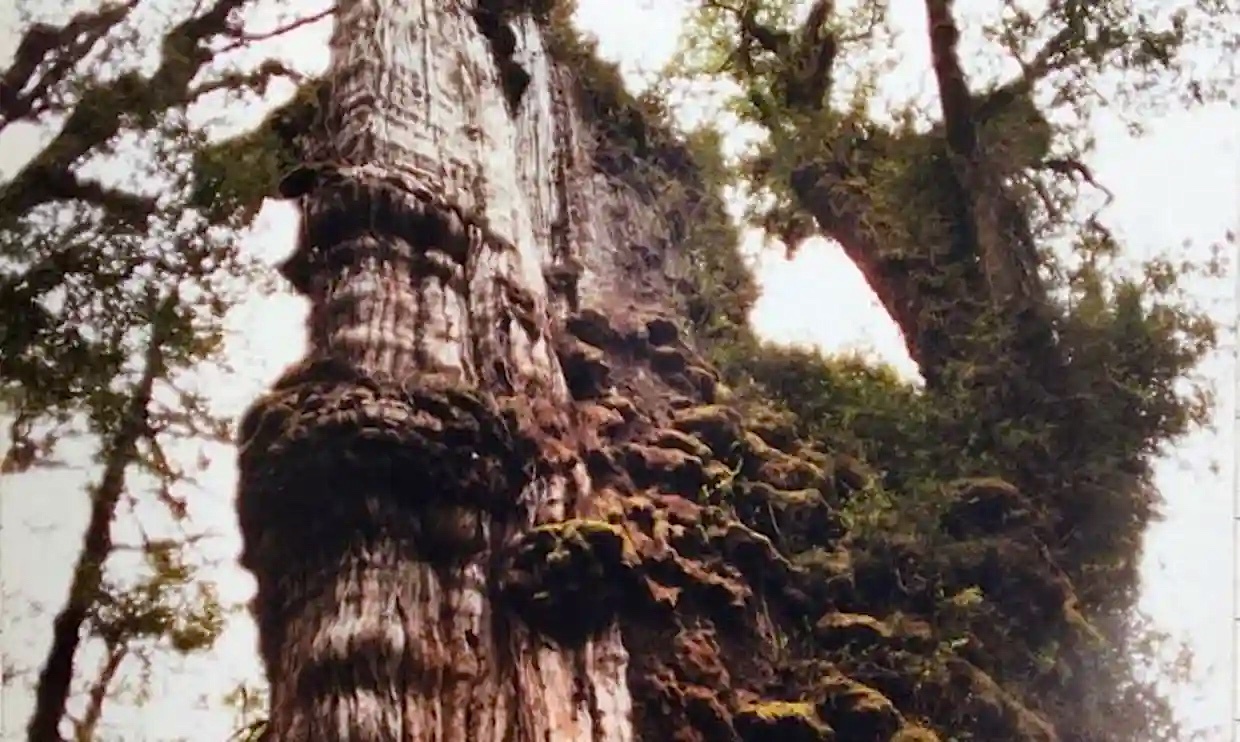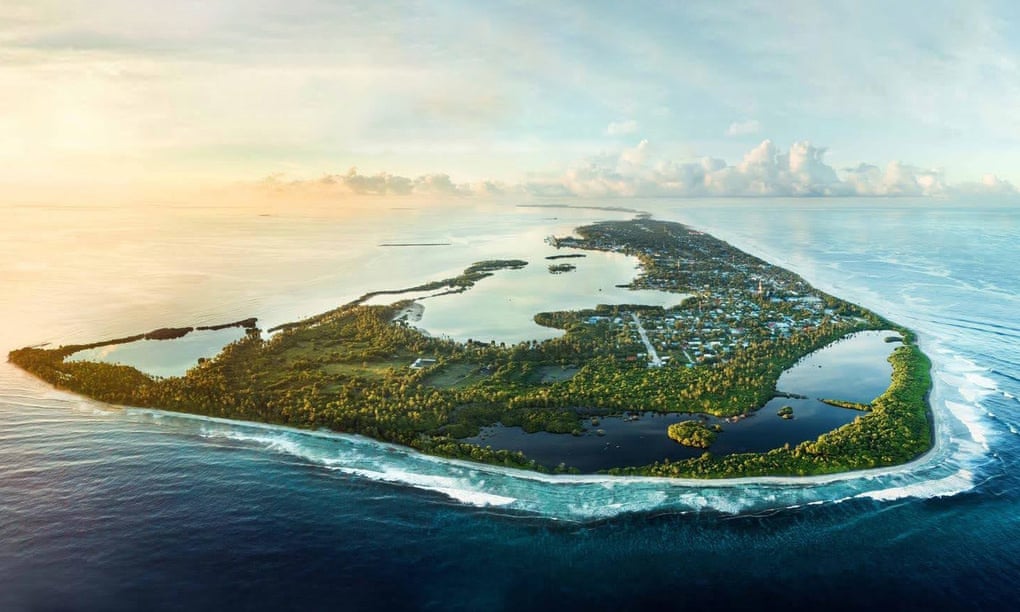MAP Website en Español haga clic aqui FEATURED STORY SAVE THE DATE – 24th June open for submissions
Mangrove Photography Awards 2022

USA – The Mangrove Action Project is getting ready to launch the 8th Mangrove Photography Awards to promote mangrove forests in celebration of World Mangrove Day. The contest offers a chance for photographers of all levels to raise their voices for the protection of one of our most critical ecosystems, whilst giving us a fascinating insight into the world of mangroves from all corners of the earth. Through the power of imagery,your photos can reveal the importance and diversity of life in our coastal forests and help inspire action to conserve our mangrove ecosystems. The Mangrove Photography Awards is open to everyone of all ages; all photography enthusiasts and professionals worldwide for a chance to win cash prizes and products donated by our partners Follow us on Instagram and Facebook to keep up to date with the contest and mangrove stories. Please get in touch if you are interested in helping to promote the contest, World Mangrove Day and the importance of our mangroves, through powerful imagery. Contact leo@mangroveactionproject.org
GLOBAL
Mangroves matter for people and planet

GLOBAL – Mangrove forests sustain an incredible abundance of life, store vast amounts of carbon and provide food and income for millions of people around the world. But they are disappearing before our eyes. This World Biodiversity Day we must recognise the globally important role these ecosystems, and others like them, play in securing a thriving future for all life and act to protect them before it is too late. Mangrove forests make up one of the most productive and biologically diverse ecosystems on the planet, yet we are destroying them at an alarming rate. Hendrik Hermawan of Akar Bhumi, Indonesia, said: “We all were born with nature [and] have a strong connection with the plants; planting is part of our culture and livelihood…when we lost the mangroves, we also lost our determination, our spirit and our dignity.” Despite their clear and unique value, mangroves remain one of the most threatened habitats in the world and their destruction is rife across the globe. READ MORE
AFRICA
Growing the market for mangroves could be what saves them
:quality(70)/cloudfront-eu-central-1.images.arcpublishing.com/thenational/6IXWMMBQ7VEF3K7UH2HM6NLPXQ.JPG)
IVORY COAST- During a recent Friday afternoon, I met with the local tribal chiefs and community members in Adiake, a breezy fishing village on the banks of the Gulf of Guinea in eastern Ivory Coast. Sitting on firm wooden chairs by the coastline and looking onwards to the calm sea, we discussed my plans to plant 160,000 mangroves in a deforested area not far from where we were sitting. While the community members seemed receptive to the idea, it was clear that they were not entirely convinced. “What happens after the seedlings are planted?” said one of the tribal heads with a stern voice. “Who will care for them for 10 years to make sure they grow to become healthy mature trees?” This is a valid point. Most tree-planting projects look to cover only the cost of the planting and maybe a few years of monitoring. “What happens if we help you plant them and in five years a public official decides to parcel off the area and sell it to developers?” pronounced another weary tribal official. It’s a phenomenon that is not uncommon. READ MORE
AMERICAS Mangrove restoration remains key to keeping South Florida shorelines safe and beautiful

USA – Part of the Don’t Trash Our Treasure franchise has included discussing the benefits of restoring mangroves to South Florida’s shorelines, especially when it comes to protecting us from storm surge and sea level rise The City of Miami was actually considering banning the planting of new mangroves That sparked a heated debate between those in favor of creating living shorelines and those against obstructing million dollar views of Biscayne Bay An impassioned chorus of concerned residents and scientists pleaded with City of Miami commissioners at a recent city commission meeting to kill a controversial ordinance sponsored by Commissioner Joe Carollo to ban the planting of mangroves in City of Miami parks “Parks are actually one of the last places that we have to actually plant mangroves,” Dr. Rachel Silverstein, Executive Director of Miami Waterkeeper, said during the meeting The ordinance was officially withdrawn after Commissioner Ken Russel asked Carollo to pull it. READ MORE
Editor’s note: Although this story is not about mangroves, the fact that a 5,000 year-old living being exists on our planet is at the heart of world forest conservation. MAP applauds the efforts to protect this tree, known as “Great Grandfather”
Ancient Tree in Chile Could Be World’s Oldest, Scientists Say

CHILE – An ancient cypress in southern Chile could be more than 5,000 years old, making it the world’s most aged tree, new research finds. Known as “Great Grandfather,” the endangered alerce tree lies in a ravine in Alerce Costero National Park. Scientists estimated its age using computer models based on data gathered from a sample. The findings suggest that the tree is older than the current record-holder, Methuselah, a 4,853-year-old bristlecone pine in the White Mountains of California. Barichivich, who led the research on Great Grandfather, said the tree could be as much as 5,484 years old. Great Grandfather is in a precarious position, with visitors to Alerce Costero National Park often stepping on its roots and or taking pieces of its bark, Barichivich said. Drier conditions are also stressing the tree. Noting the impacts of climate change, Barichivich told Reuters that he hoped people could “think for a fraction of a second about what it means to live 5,000 years.” READ MORE ASIA
Maldives plan to reclaim land for tourism could choke ecosystem

MALDIVES – A controversial project to reclaim land on an atoll threatened by rising sea levels has been announced in the Maldives, with hopes that it may boost tourism balanced against fears that it could “choke the ecosystem” The low-lying island nation, one of the world’s most vulnerable to climate change, has commissioned a major shore protection and land reclamation scheme using sand dredged from a lagoon, despite concerns about the impact on this Unesco biosphere reserve A Dutch marine contractor, Van Oord, has announced it will create 194 hectares (480 acres) of land, including three new island resorts, in the southern atoll of Addu City – part of a Maldives government project to stimulate the local economy, tackle land shortage and protect the coastline. The scheme will reportedly cost $147.1m (£117m) and be funded via an Indian bank According to Van Oord, up to 5m cubic metres of sand will be dredged from a lagoon in the middle of the six islands, which are home to at least 20,000 people. Other estimates put the amount of sand to be removed at 6.9m cubic metres. READ MORE
Land reclamation development project in the Maldives is adding to climate crisis.

MALDIVES – On 27 March, the Maldives’ president Ibrahim Mohamed Solih ceremonially signed off on a land-reclamation project spanning 194.3 hectares of land in Addu City, part of the Maldives’ southernmost atoll, one of many signed during his tour of the atolls in the south. According to news reports, preparations for beginning the reclamation process are already underway. In contradiction to government-led demands for climate action overseas, environmental activists say the project will “effectively destroy” the biodiversity of the region, which holds UNESCO Biosphere Reserve status since 2020 for its one-of-a-kind reef structures, home to diverse marine life The Dutch company which was awarded the tender for dredging the land by the government, Van Oord (India), will carry out development through a direct line-of-credit facility from India Exim Bank. Their contract alone is worth over USD 84 million. The project aims to conduct extensive land reclamation in Addu in order to develop residential housing, commercial buildings and luxury resorts. Meanwhile, the work to build a new causeway linking Hithadhoo and Maradhoo islands was contracted to an Indian company named Afcons Infrastructure Limited to the tune of USD 147.1 million. READ MORE
Mangrove Afforestation in the Mekong Delta for sustainable coastal resilience

The mangrove belt and the coastal zone of the Mekong-Delta are in a serious state of degradation. This is of serious concern, since in this soft-sediment environment, the mangrove-sea-dike combination (green-grey) is the preferred option for a sustainable coastal defence system at acceptable construction and maintenance costs. The Mekong Delta cannot rely on the relatively rigid dike structure alone, subject to foreshore and dike erosion, subject to direct wave attack Degradation is the result of a long-term development, not only of the mangroves trees themselves. It concerns lack of sediment even far upstream the Mekong River (sand mining, dams), the land use in the coastal zone pressing the dike seaward, leaving too little intertidal zone for the mangroves, the inadequate water management and overexploitation of groundwater resulting in land subsidence, four to five times more serious than sea-level rise. A mangrove belt, partly or fully developed mitigates many of these problems, but flanking measures remain important to address the beforementioned issues. Specific for the Mekong Delta is also the pressure from inland shrimp farming. Modernisation of its water management and a cascade system may well contribute to co‑existence with a well-developed mangrove coast. READ MORE
Bangladeshi coastal communities plant mangroves as a shield against cyclones

BANGLADESH – Over the past three decades, Moyna Rani Mondol, who lives right on the coast in Bangladesh’s southwestern district of Satkhira, has lost her home around 10 times to floods due to tidal surges Bangladesh is a large delta crisscrossed by more than 300 rivers. It’s one of the most vulnerable countries to natural disasters like floods, tropical storms and cyclones, inducing coastal erosion and soil salinization Most coastal villages here have the protection of several dikes and embankments built along the coasts to separate themselves from the sea as well as the tidal surges during high tides and cyclones The coastal people are no strangers to the tidal surges during high tides. But during the cyclone season, when the surges are much higher and more severe than usual, they flood the settlements by breaching the dikes and embankments set up to protect the communities. Now, each time a cyclone makes landfall, the villages get flooded. READ MORE OCEANA Australian Indigenous Weather Knowledge on Display in New Documentary Series

On the Tiwi Islands, north of the Australian city of Darwin, Indigenous groups mark, among many others, the season of the mangrove worm, when the creeping invertebrates become a sweet, filling and easy meal. First Nations seasonal calendars show an intricate knowledge of the relationships between plants, animals, water, the weather, and fire. The ‘Many Lands, Many Seasons’ documentaries are a collaboration between the Australian Broadcasting Corp. and the national science agency, the Commonwealth Scientific and Industrial Research Organization, also known as the CSIRO. Over the past 15 years, scientists have helped Indigenous communities in Australia document and present the way they understand complex weather pattens. Their knowledge of the seasons is highly localized and unique to each area. Subtle changes in the weather tell communities when to pick fruit, hunt and fish. READ MORE Like this newsletter?
Pease consider donating to MAP to keep it going.
Giving could never be easier  *Articles in this newsletter may mention practices being used and/or show exagerated results being claimed without proof. Stories are presented here in effort to show mangrove related activity around the world and do not necessarily reflect Mangrove Action Project’s views or mangrove restoration best-practices. | ACTION ALERTS Stop the Dredging – 6.7 million cubic meters of sand from the Addu atoll basin will destroy nature, biodiversity and the natural defences and resilience of this UNESCO Biosphere Reserve. SIGN THE PETITION Keep fossil fuels out of Bangladesh for the health and wellbeing of the local communities, the beautiful regional beaches and forests, the Bangladeshi economy, and our shared climate. SIGN PETITION Stop this total madness Stop the biggest heated oil pipeline in the world — right through the heart of Africa!
CLICK HERE Strengthen 60 Women Farmers in El Salvador
DONATE HERE
Like this newsletter? Pease consider donating to MAP to keep it going. Giving could never be easier 
MAP Website en Español
haga clic aqui ARTWORK SUBMISSIONS NOW OPEN FOR NEXT YEAR’S CALENDAR

13 Year old Linda Li “Mangrove Adventure” from Kid Dream Art School

WATCH NOW 
Restoring The Natural Mangrove Forest
Watch movie

Community Based Ecological Mangrove Restoration in Rufiji Delta VIEW VIDEO
Video: Mangroves for the Future
View Here WANT TO GET INVOLVED?
Follow and Join MAP!    
Like this newsletter? Pease consider donating to MAP to keep it going. Giving could never be easier 

Interested in connecting or working with MAP? Check out our opportunities here 
MANGROVE ISSUES Want to learn more about mangroves?
Our short presentation will give you a better understanding of the issues we are working to solve. WATCH PRESENTATION What is CBEMR? Download MAP’s 2 page CBEMR Information Sheet containing links to all MAP’s CBEMR resources – CLICK HERE View MAP’s uploaded Videos at
MAP Video Gallery Question Your Shrimp Consumer/Markets Campaign!
WATCH VIDEO Mangroves: Guidebook to Malaysia – Click Here SHARE MAP’S VISION
CLICK HERE to watch short introductory video. Together we can work “at the roots of the sea”. Our short documentary, Reducing the Risk of Disaster through Nature-Based Solutions : Mangroves 
NASA Study Maps the Roots of Global Mangrove Loss

Marvellous Mangroves Curriculum The Marvellous Mangroves Curriculum begins with a simple philosophy – getting future generations to not only learn about, but understand the importance of mangrove forests. VISIT 
The award-winning Marvellous Mangroves (MM) curriculum educates children on the importance of mangroves and their ecological functions, teaching them about modern challenges and mechanisms for sustainability. VIEW VIDEO Marvellous Mangroves Curriculum in Bangladesh – WATCH VIDEO
MARVELLOUS MANGROVES IN BRAZIL
En Portuges 
Marvellous Mangroves – A Curriculum-Based Teachers Guide.
Like this newsletter? Pease consider donating to MAP to keep it going. Giving could never be easier 
“Question Your Shrimp” Campaign Question Your Shrimp – is it really sustainable? Sign the Petition
Note to Our Readers: We strive to keep active links in our newsletter. However, due to circumstances beyond our control, occasionally links to stories may become broken. If you find a link to a story is not functioning, please cut and paste the headline into your browser search bar. In most cases you should be able to locate the original story.
Not yet a MAP News subscriber?
Click here to subscribe.  *Articles in this newsletter may mention practices being used and/or show exagerated results being claimed without proof. Stories are presented here in effort to show mangrove related activity around the world and do not necessarily reflect Mangrove Action Project’s views or mangrove restoration best-practices. *Articles in this newsletter may mention practices being used and/or show exagerated results being claimed without proof. Stories are presented here in effort to show mangrove related activity around the world and do not necessarily reflect Mangrove Action Project’s views or mangrove restoration best-practices.
|



:quality(70)/cloudfront-eu-central-1.images.arcpublishing.com/thenational/6IXWMMBQ7VEF3K7UH2HM6NLPXQ.JPG)






















